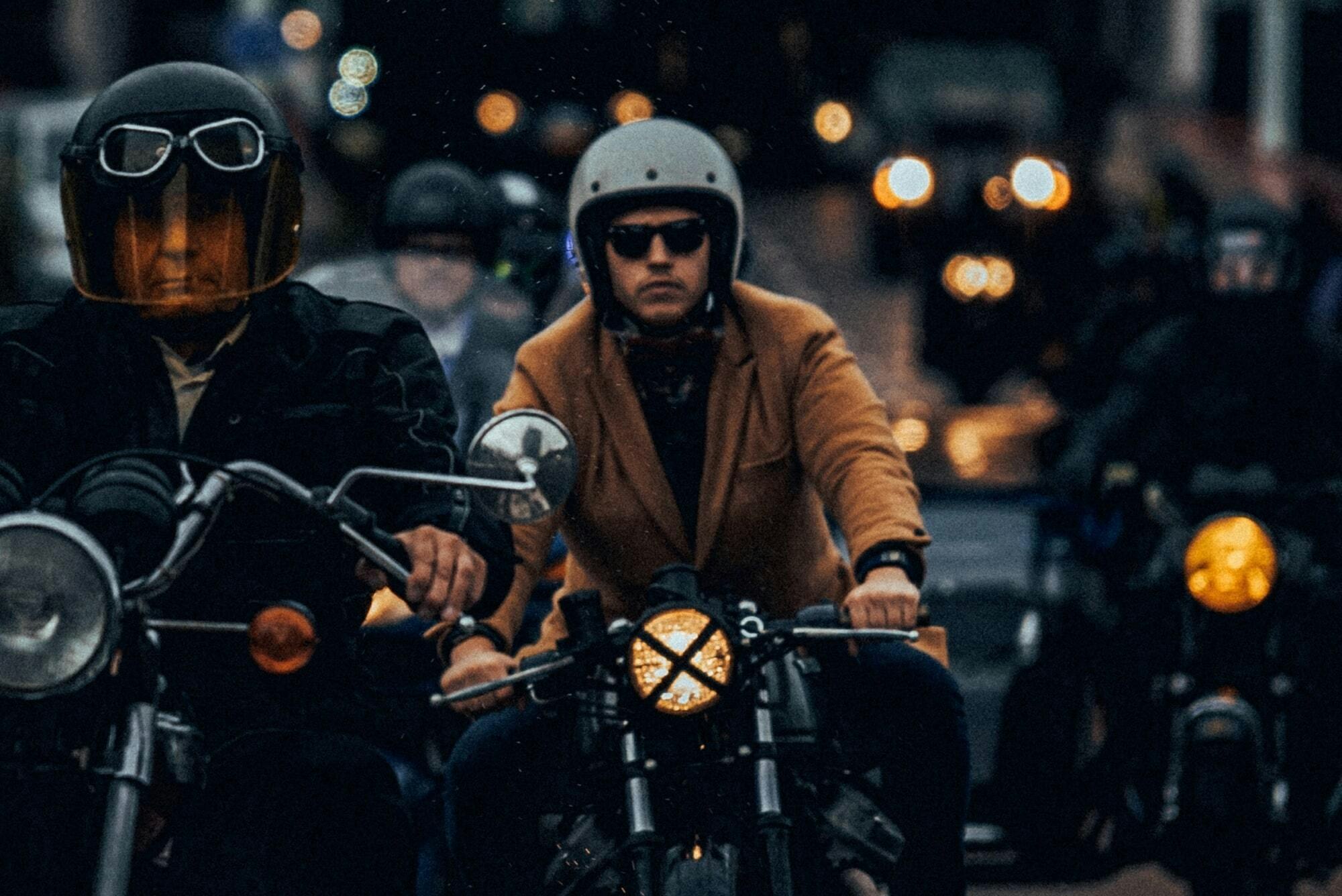Commuter riding tips
November 28, 2022 Beyond the bike
Whoever thought going to work would be fun! Well, it is on a motorcycle.
Any time on a motorcycle is fun, but weaving through stalled traffic and seeing the frustrated looks on drivers’ faces as you go by has a certain satisfying appeal.
It’s not only fun but also handy for parking which is often free or cheap, faster than cars because of lane filtering, cheaper on toll-ways and more convenient than public transport. But it can be challenging and dangerous.
Commuting traffic is fraught with inattentive motorists on the phone, eating breakfast, getting dressed, putting on lipstick, reading the paper, changing channels on the radio or Spotify … anything but paying attention to riders.
In fact, SMIDSY (sorry mate, I didn’t see you) crashes are one of the most common causes of motorcycle incidents. Peak-hour radio traffic reports frequently include motorcycle crashes involving cars, buses and trucks.
Riders are understandably concerned.

Here are five things to increase the safety on your ride in heavy traffic:
Ride as if you can’t be seen. Move around in your lane, try to stay out of blind spots, blow the horn or blip your throttle to alert drivers and wear something bright.
Look at indicators and drivers for their intention to suddenly change lanes. They don’t always indicate, but you can sometimes see them move the steering wheel or their head as if they are about to swap lanes.
Filter to the front of traffic at the lights, stay in gear with the clutch in and plan your exit route in case you hear screeching tyres behind you! But take some time to study the lane filtering rules as they vary from state to state.
Avoid filtering next to or around trucks and buses as they have limited visibility of small riders.
Practise slow and balanced riding in a deserted carpark at the weekend, slipping the clutch, using the rear brake to regulate your speed, keeping your head up and your eyes forward.
Here are five don’ts for commuting:
- Don’t cut into a line of traffic and slam on the brakes or you could be rear-ended into the vehicle in front, in which case the law says you are liable for the damage to that vehicle;
- Don’t forget to wave if someone moves over for you so you can filter or merge. Riders are often the target of road rage and it’s best to nip the rage in the bud;
- Similarly, don’t make rude or aggressive gestures to drivers if they do the wrong thing. After all, motorcyclists will come off second best to car and truck drivers every time;
- Don’t switch on your helmet intercom and listen to music or the radio unless you are not distracted by it. However, radio can be helpful, especially the traffic reports; and
- Don’t get too cocky about your abilities to read traffic and weave through the chaos. Drivers can be unpredictable at the best of times and downright stupid when frustrated by the urban crawl.
Even those who are confident in traffic may find commuting inconvenient because of the weather or because they have to wear a suit, well-ironed dress, or carry a laptop and other gear.

Here are five tips to get around motorcycle commuting inconveniences:
Fit panniers, top box and/or tank/tail bag to carry a change of clothes and gear such as a laptop;
If that’s not possible on your bike, invest in a really strong but lightweight backpack (some even fold out like a suit carrier);
If you are lucky enough to be able to shower at work, leave a towel and a couple of changes of clothes at work;
Invest in high-quality airflow gear to stay cool in commuter traffic which is slow and unbearably hot in summer; and
Invest in a high-quality rain suit or separate waterproof jacket and pants that overlap. Sand don’t forget an anti-fog visor insert such as a Pinlock as your breath in slow traffic will cause more fogging than when moving fast.
The number one safety rule of riding in any traffic is to keep a buffer between you and the other vehicles. That’s difficult in commuter traffic, leave a space and someone will dive into it.
So it is absolutely vital that your brakes are up to the task of emergency stopping. Bendix Moto, who are famous for their vehicle brakes also make brake pads for motorcycles. They produce two motorcycle pad types; sinter or ceramic.
Bendix Moto Ultimate + ceramic pads have low dust, noise and wear, but have increased feel at low and moderate speeds. These are best for sporty bikes, scooters and commuters.
Bendix Moto Street Road Track sinter brakes are best suited to highway riding and bigger motorcycles while Ultimate+ ceramic pads have increased feel at low and moderate speeds and are most suited to lighter and more powerful bikes.
 Australia
Australia
 New Zealand
New Zealand